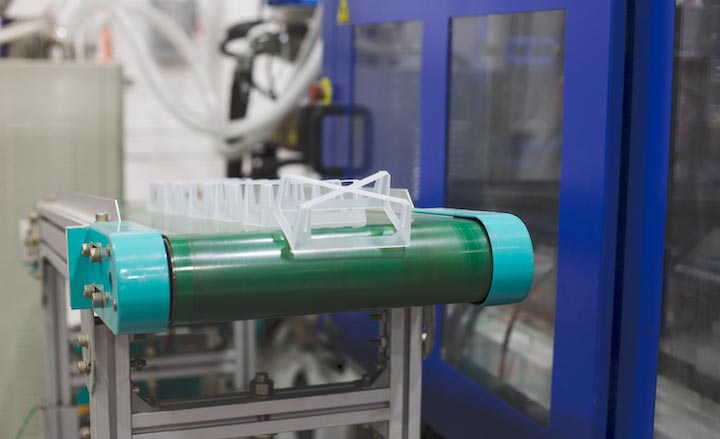PA 12 Glass Beads refer to a type of polymer material made from polyamide-12 and reinforced with glass beads. These beads add stiffness, dimensional stability, and improved strength to the material, making it suitable for various industrial applications such as automotive parts, electrical components, and sports equipment. This material is also known for its low moisture absorption rates and excellent resistance to wear and tear.
Overall, PA 12 Glass Beads are a reliable option for producing high-performance products that require durability and strength.




